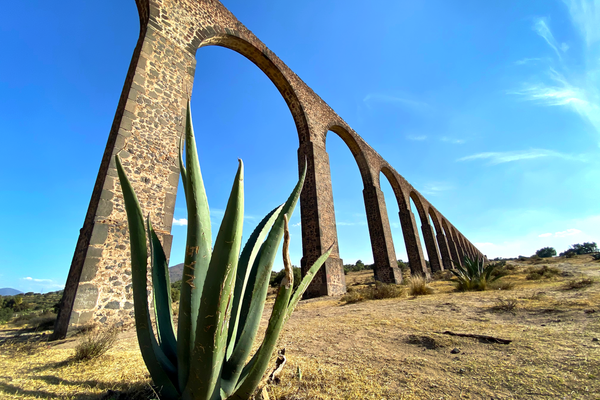Aqueduct of Jerwan
The surviving pieces of an ancient aqueduct that may have fed into the lost Hanging Gardens of Babylon.
A massive feat of engineering lies hidden behind terrible roads and among dusty, forgotten fields. Now resembling little more than rubble, the ruins are the remains of an innovative aqueduct some speculate may have led to the world’s most famous lost ancient wonder.
The Assyrian King Sennacherib built his mammoth hydraulics system to bring water from the mountains around Dohuk to his palaces within the city of Nineveh, which now lies beneath present-day Mosul, Iraq. His palace was uncovered after the shrine built atop it was destroyed by ISIS.
This enormous aqueduct, which was built between 700 and 690 BC roughly 30 miles from the King’s gardens, predates the Roman engineering marvels that famously still survive in Europe today and is said to be the oldest in the world. It was built from more than two million stones and waterproof cement. It’s thought the hydraulics system fed into an early prototype of the Hanging Gardens of Babylon or perhaps into the legendary gardens themselves.
King Sennacherib’s words still reach out to us today, more than 2,000 years later, through the inscriptions scrawled across the stones. The aqueduct and the suggestive relief panels found within his rediscovered palace lend credence to the idea that the Hanging Gardens of Babylon may have been located at Nineveh rather than further south.
Know Before You Go
Visitors will need to bring their own transport.

















Follow us on Twitter to get the latest on the world's hidden wonders.
Like us on Facebook to get the latest on the world's hidden wonders.
Follow us on Twitter Like us on Facebook